Dates can be dried by the sun which is called organic dried date or dried by dehydrators. After being gently cooked for a number of hours to remove their moisture and keep them from spoiling, dates are referred to as dry. To achieve the same result, the fruits can be roasted, dehydrated, or air dried. Whether they are fresh or dried, they all have a very sweet flavor. During the drying process, the fruit’s flesh and sugars are concentrated, giving it an extraordinarily strong amount of sweetness. Dried dates are widely used in raw food, vegan, and vegetarian recipes in place of sugar. Before they are dried, dates are generally ovoid-shaped, lusciously plump fruits. Date trees produce bunches of dates. They feature a large pit in the center with sharp edges and might be a deep purple color or a bright red color. The majority of the time, this is eliminated before the fruit is dried since doing so serves two purposes. The main objective is to make it easier to prepare and eat dried fruit outside of the kitchen.  The second reason for doing this is to create a channel in the date’s center that will allow air to flow through. As a result, the dates will dry out more evenly. Home cooks interested in drying their own date crop or preserving fresh dates bought from a grocery store can choose between two distinct strategies. Before using either method, the cook must first remove the dates’ pits. You can do this by inserting the point of a knife or cherry pitter into the center of each date. It’s possible that some people find that cutting the dates in half first makes it simpler to remove the pit. The first method is sun drying, however, this can only be done in the summer. A solar dehydrator is required by cooks who make sun-dried dates. These frequently take the shape of a box with a mesh bottom, screened sides, and a glass lid. A reflective plate that is positioned a few inches below the box’s screened bottom reflects the heat onto the dates. Solar drying requires a long amount of time when the sun is shining brightly and it is warm outside. The second method uses an electric dehydrator or oven along with a few standard home goods. Typically, dates are spread out on trays and heated for up to 24 hours at a temperature of about 180 degrees Fahrenheit (or 82 degrees Celsius). Dates are distinct from other dried fruits in that they don’t dry out and become brittle as other dried fruits do because of their high sugar content.
The second reason for doing this is to create a channel in the date’s center that will allow air to flow through. As a result, the dates will dry out more evenly. Home cooks interested in drying their own date crop or preserving fresh dates bought from a grocery store can choose between two distinct strategies. Before using either method, the cook must first remove the dates’ pits. You can do this by inserting the point of a knife or cherry pitter into the center of each date. It’s possible that some people find that cutting the dates in half first makes it simpler to remove the pit. The first method is sun drying, however, this can only be done in the summer. A solar dehydrator is required by cooks who make sun-dried dates. These frequently take the shape of a box with a mesh bottom, screened sides, and a glass lid. A reflective plate that is positioned a few inches below the box’s screened bottom reflects the heat onto the dates. Solar drying requires a long amount of time when the sun is shining brightly and it is warm outside. The second method uses an electric dehydrator or oven along with a few standard home goods. Typically, dates are spread out on trays and heated for up to 24 hours at a temperature of about 180 degrees Fahrenheit (or 82 degrees Celsius). Dates are distinct from other dried fruits in that they don’t dry out and become brittle as other dried fruits do because of their high sugar content. 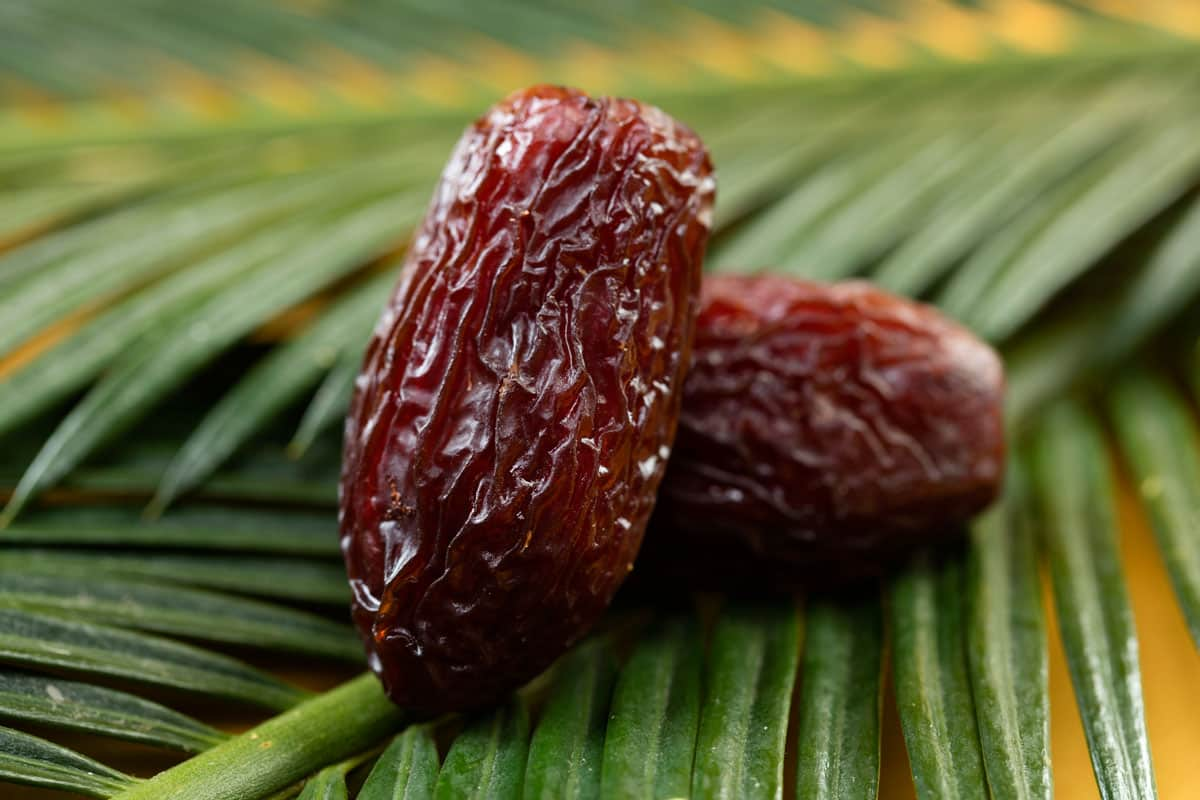 They will have creases, a brown tint, and a very solid consistency when fully dried. A date should feel similar to biting into a ripe banana or a particularly dense cookie when it has completely dried out. There are numerous recipes available that call for dried dates. One of the simplest ways to prepare them is to wrap them in prosciutto and inject them with goat cheese that has been sweetened or flavored with herbs. Other recipes call for chopping the dates before adding them to mixtures for baked goods like cookies, cakes, brownies, and even pancakes. Mediterranean ice creams, chutneys, and stews can all benefit from dates that have been chopped and dried. The dried form of the date is more commonly found in grocery stores and has a longer shelf life, sometimes even up to 12 months or more, so it is more well-known to people. Additionally, dried dates are more nutrient-dense than their fresh counterparts. When dates are dried, they typically acquire a dark, rich brown tint, yet depending on the specific type of date, they may also acquire golden or even reddish overtones. Delicious dried dates can be used in a variety of dishes. When dates are dried, their sweetness substantially increases. The sugars in the dates start to condense and crystallize as soon as they are exposed to heat, whether it comes from the sun or an artificial source (such an oven or a dehydrator).
They will have creases, a brown tint, and a very solid consistency when fully dried. A date should feel similar to biting into a ripe banana or a particularly dense cookie when it has completely dried out. There are numerous recipes available that call for dried dates. One of the simplest ways to prepare them is to wrap them in prosciutto and inject them with goat cheese that has been sweetened or flavored with herbs. Other recipes call for chopping the dates before adding them to mixtures for baked goods like cookies, cakes, brownies, and even pancakes. Mediterranean ice creams, chutneys, and stews can all benefit from dates that have been chopped and dried. The dried form of the date is more commonly found in grocery stores and has a longer shelf life, sometimes even up to 12 months or more, so it is more well-known to people. Additionally, dried dates are more nutrient-dense than their fresh counterparts. When dates are dried, they typically acquire a dark, rich brown tint, yet depending on the specific type of date, they may also acquire golden or even reddish overtones. Delicious dried dates can be used in a variety of dishes. When dates are dried, their sweetness substantially increases. The sugars in the dates start to condense and crystallize as soon as they are exposed to heat, whether it comes from the sun or an artificial source (such an oven or a dehydrator).  Due to the high concentration of sugar in their makeup, dates lose practically all of their original size and shape when dried, instead changing into wrinkled and darker replicas of their previous selves. You can purchase dried dates with or without the pit inside of them, but many manufacturers prefer to remove the pit before drying the dates because it speeds up the drying process. There is more room for air flow after the hole has been dug out and the date has been opened. Additionally, buying dates devoid of the pit can help you save time. Dates must first have their pits removed in order for them to be used in any recipe, even though the process can be a little messy. Without a doubt, dried-out dates make a delicious dessert alternative. The question of what this means about the date’s nutritional makeup arises because the date’s sugary sweetness does not come from an artificial source. The results are hit or miss. A single date contains about 20 grams of sugar, the majority of which is made up of glucose and fructose. Dates are on the list of “foods to avoid” for people who have been told to cut back on their sugar intake for health-related reasons.
Due to the high concentration of sugar in their makeup, dates lose practically all of their original size and shape when dried, instead changing into wrinkled and darker replicas of their previous selves. You can purchase dried dates with or without the pit inside of them, but many manufacturers prefer to remove the pit before drying the dates because it speeds up the drying process. There is more room for air flow after the hole has been dug out and the date has been opened. Additionally, buying dates devoid of the pit can help you save time. Dates must first have their pits removed in order for them to be used in any recipe, even though the process can be a little messy. Without a doubt, dried-out dates make a delicious dessert alternative. The question of what this means about the date’s nutritional makeup arises because the date’s sugary sweetness does not come from an artificial source. The results are hit or miss. A single date contains about 20 grams of sugar, the majority of which is made up of glucose and fructose. Dates are on the list of “foods to avoid” for people who have been told to cut back on their sugar intake for health-related reasons.  However, when it comes to the amount of fiber, vitamins, and minerals they contain, dates win out. Polyphenols, which are components that are good for your health, are also present in dried dates. Micronutrients are known as polyphenols aid the body’s defense mechanisms against illness and disease. Additionally, polyphenols have a high concentration of the antioxidants your body needs to create and maintain a strong immune system. Due to our many years of experience in the exporting of dates, we are able to provide our clients with the best services and the highest quality dates, all while keeping the ordering and payment processes as simple as possible. We help people lead healthier, tastier lives by providing organic and all-natural goods that meet or exceed customer expectations and are produced on the finest date farms using only the most stringent quality control measures.
However, when it comes to the amount of fiber, vitamins, and minerals they contain, dates win out. Polyphenols, which are components that are good for your health, are also present in dried dates. Micronutrients are known as polyphenols aid the body’s defense mechanisms against illness and disease. Additionally, polyphenols have a high concentration of the antioxidants your body needs to create and maintain a strong immune system. Due to our many years of experience in the exporting of dates, we are able to provide our clients with the best services and the highest quality dates, all while keeping the ordering and payment processes as simple as possible. We help people lead healthier, tastier lives by providing organic and all-natural goods that meet or exceed customer expectations and are produced on the finest date farms using only the most stringent quality control measures.
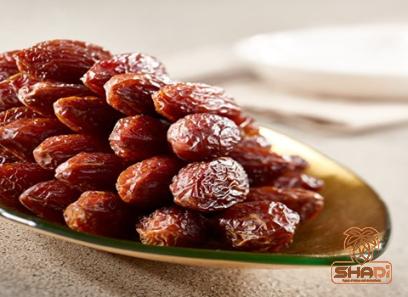
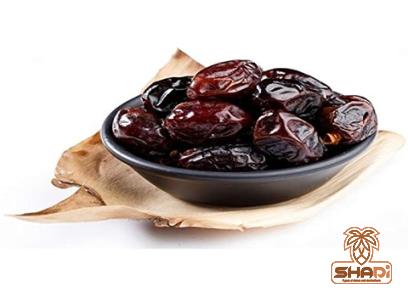
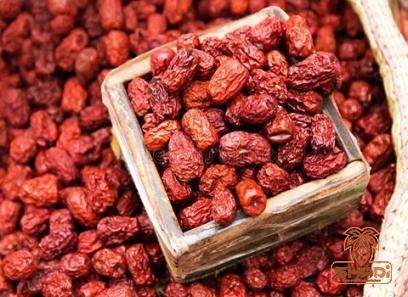
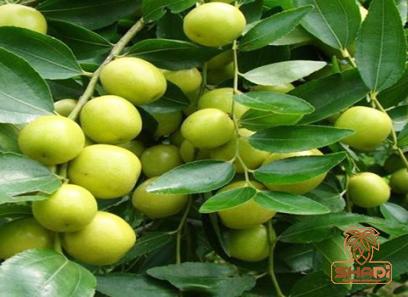
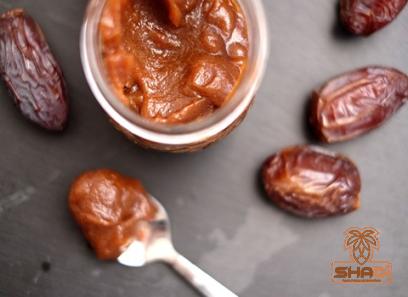
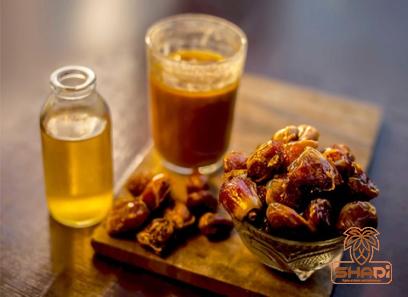
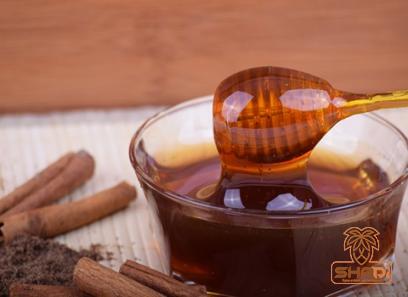
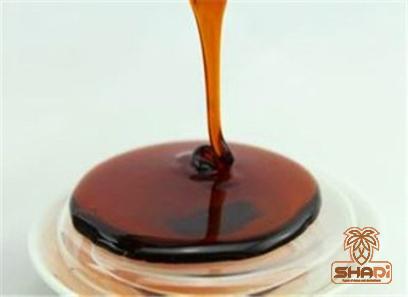
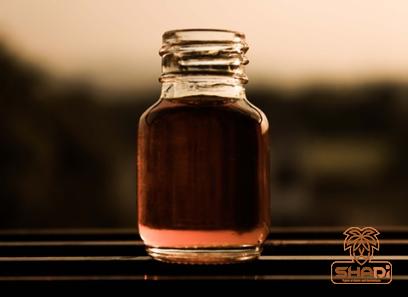
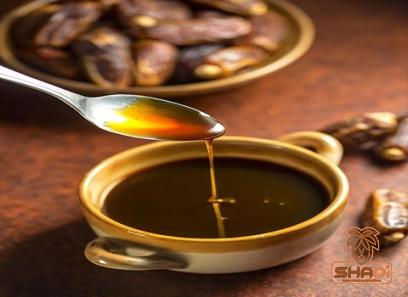
Your comment submitted.